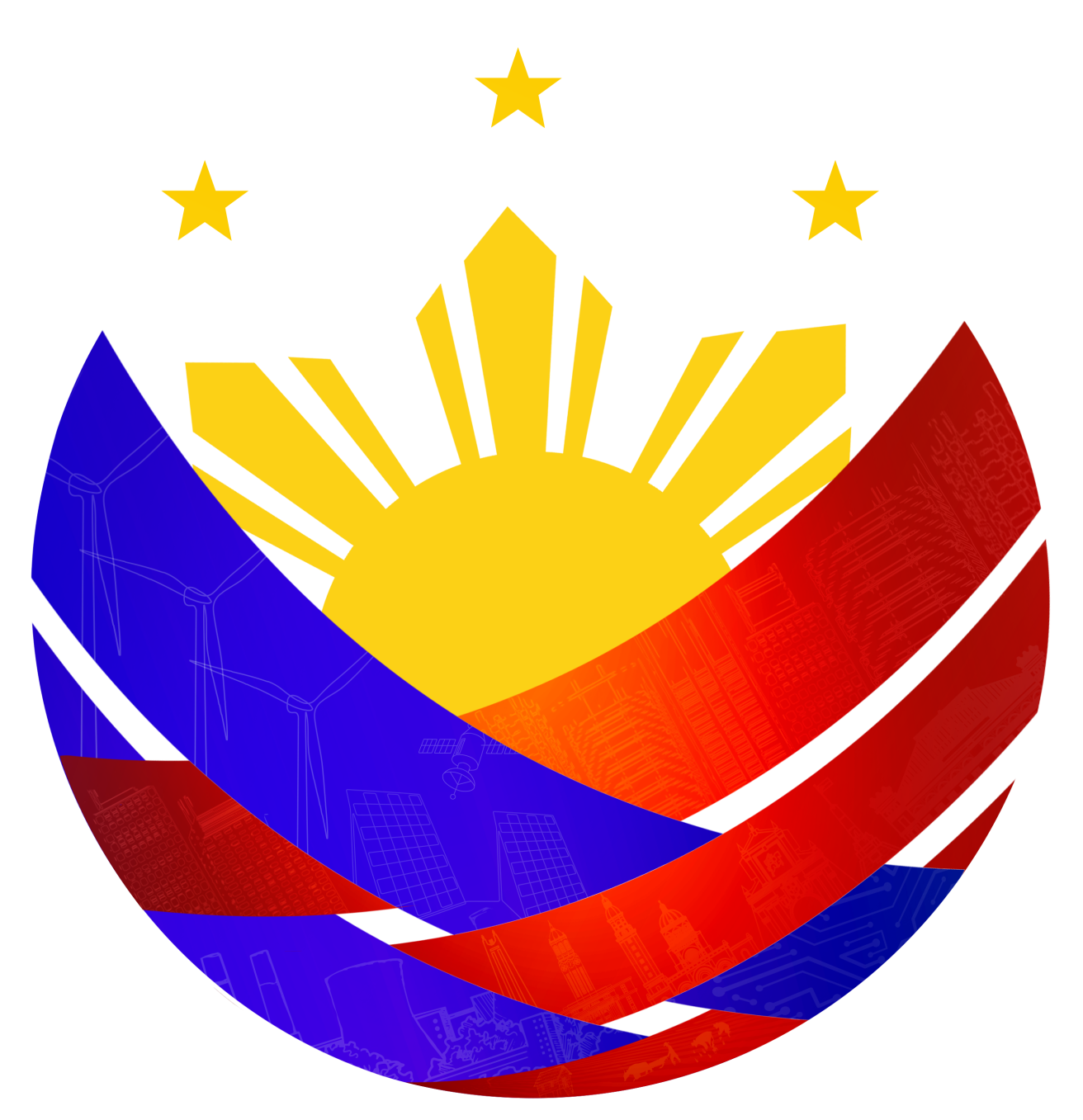
Province of Catanduanes
Catanduanes is an island province in the Bicol Region (Region V) in southern Luzon, Philippines. It is often called the 'Land of the Howling Winds' because it lies along the typhoon belt of the Pacific. The province covers 1,492.16 square kilometers and is composed of 11 municipalities and 315 barangays. The capital of the province is Virac. The name Catanduanes is believed to have come from the native word samdong tree (Antidesma platyphyllum), which once thrived abundantly in the area, and the Spanish suffix -anes, used for places. Today, Catanduanes is known for its unspoiled beaches, surfing spots like Puraran Beach, rolling hills, and its strong agricultural and fishing industries.
History
Catanduanes was first inhabited by Austronesian settlers who thrived on farming, fishing, and weaving. When the Spaniards arrived in the late 16th century, the island was placed under the jurisdiction of Albay. Christianity spread during this time, but the people also endured frequent Moro pirate raids, which led to the construction of watchtowers and fortifications. During World War II, Catanduanes became one of the first provinces in the Bicol region to be liberated from Japanese occupation in 1945, largely due to the efforts of local guerrillas. On September 26, 1945, the island was officially separated from Albay and declared an independent province through Commonwealth Act No. 687, marking the beginning of its distinct political and cultural identity.